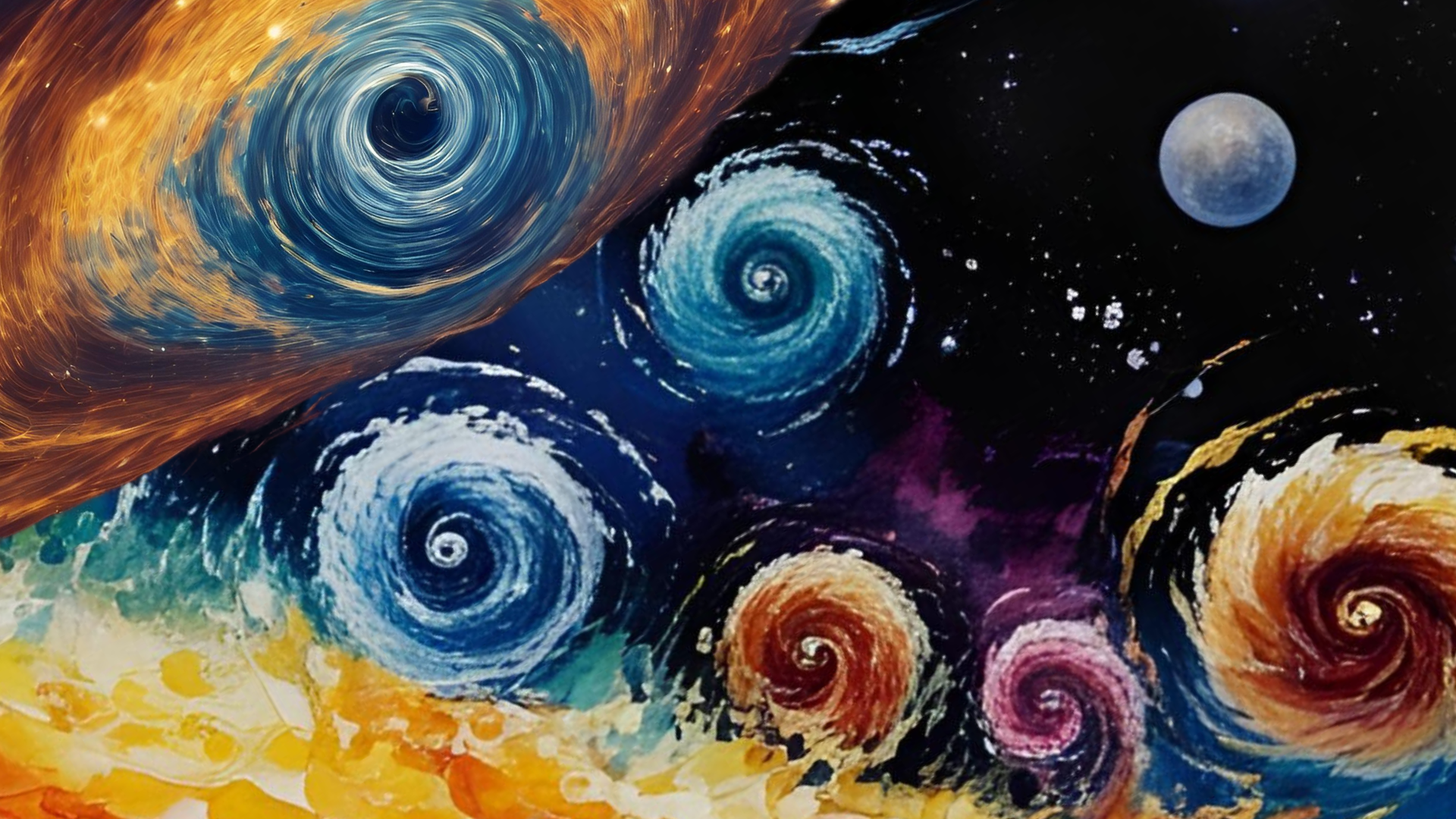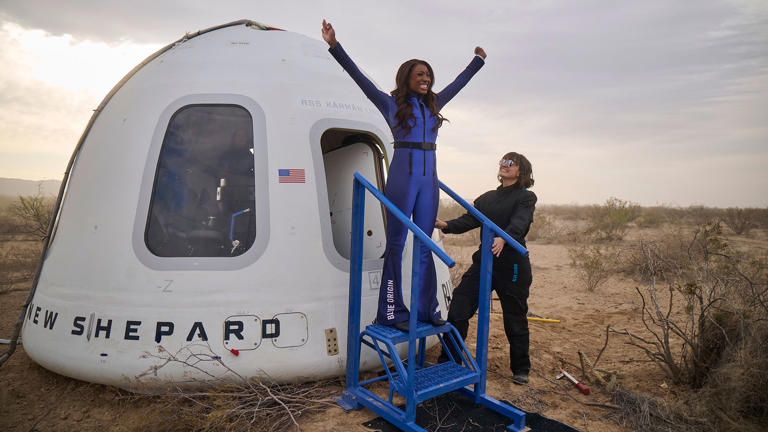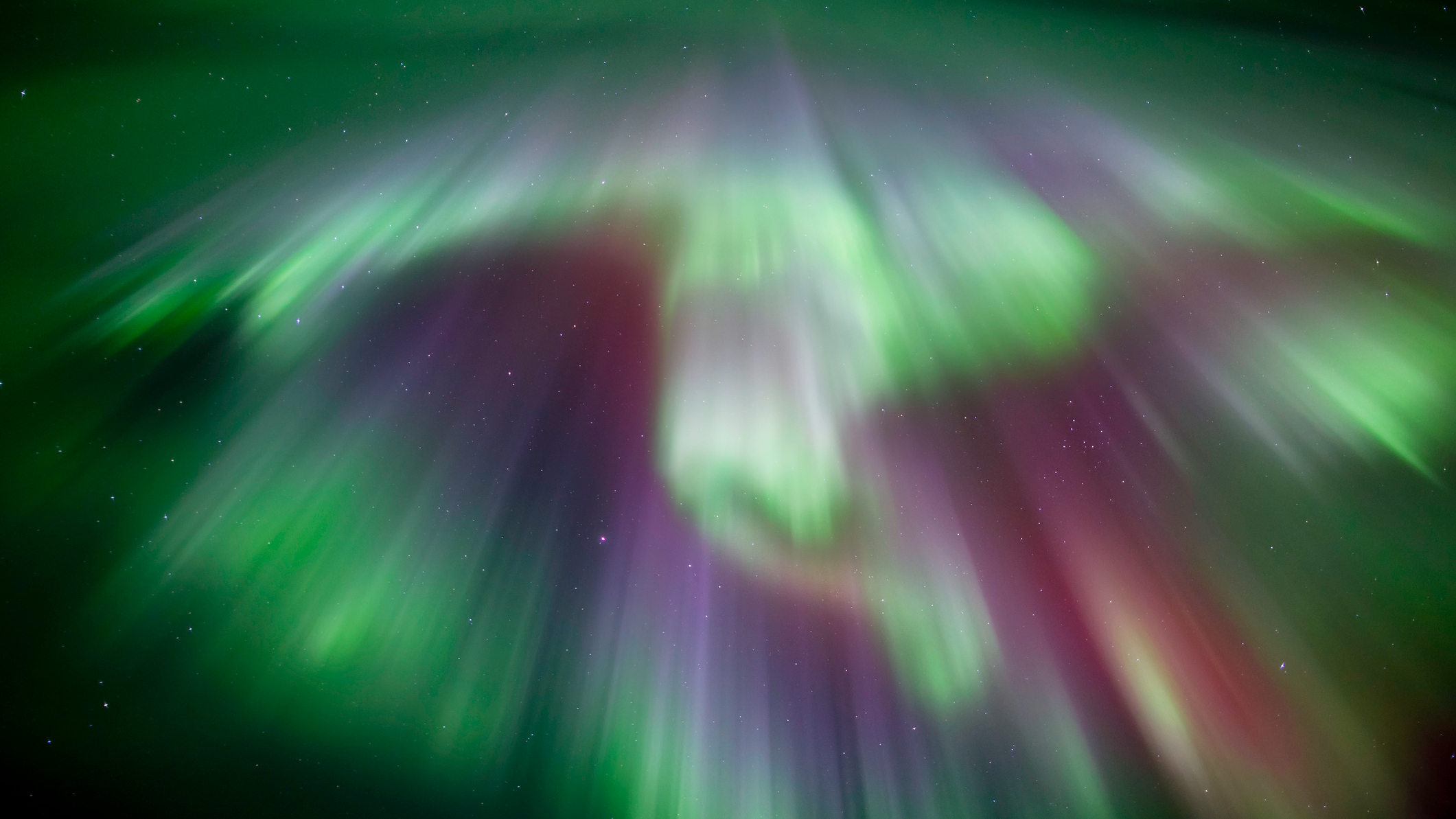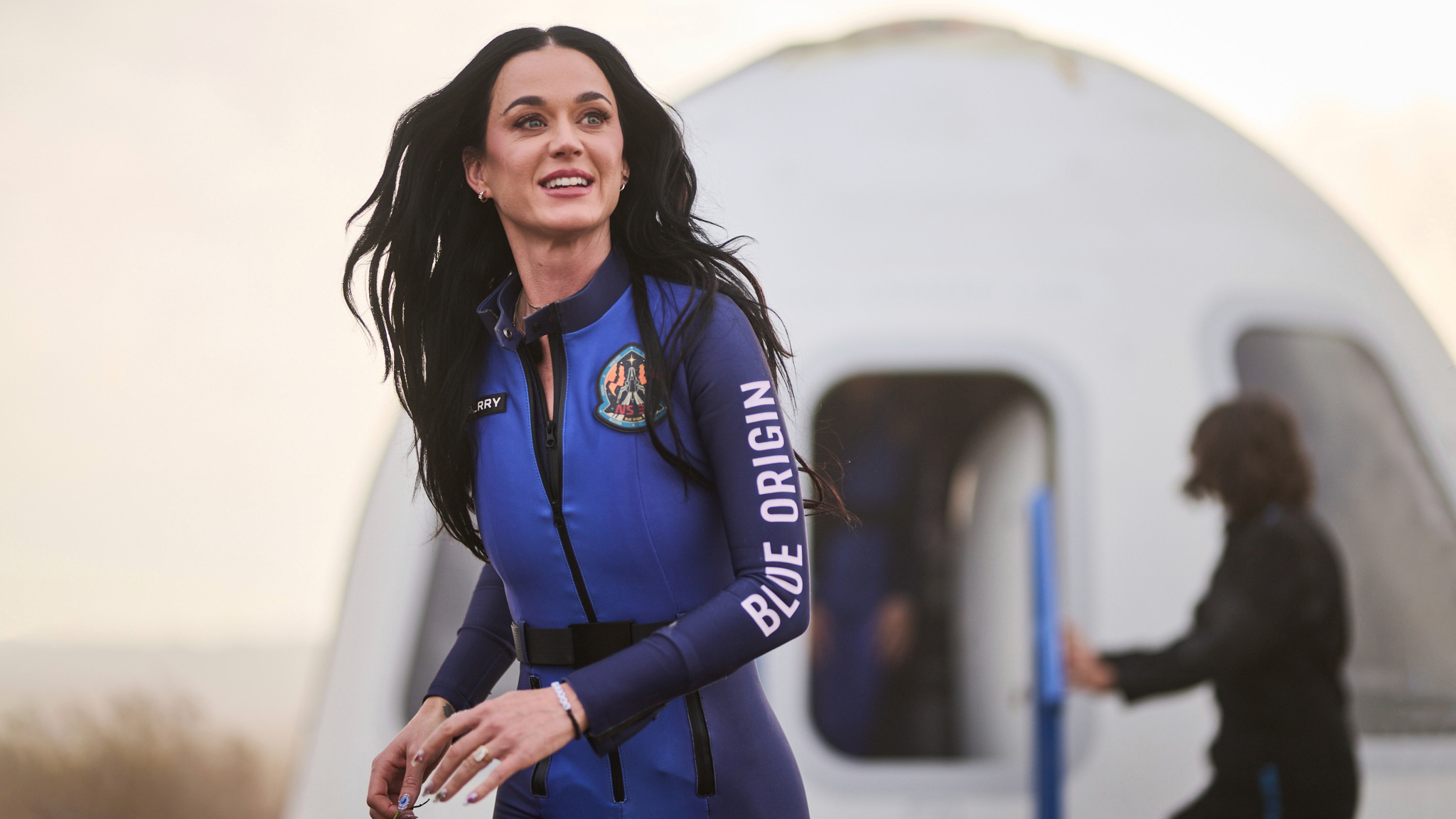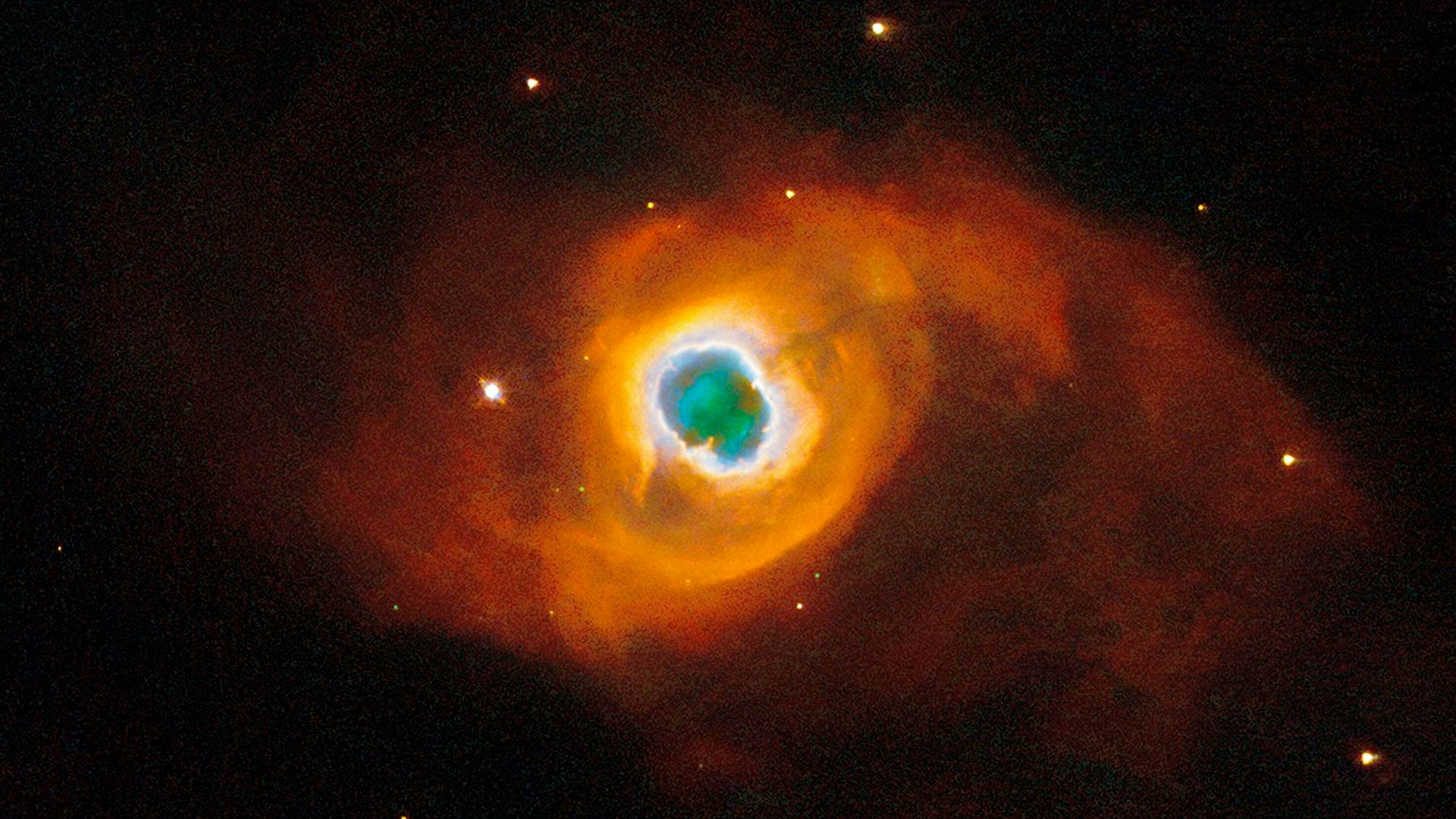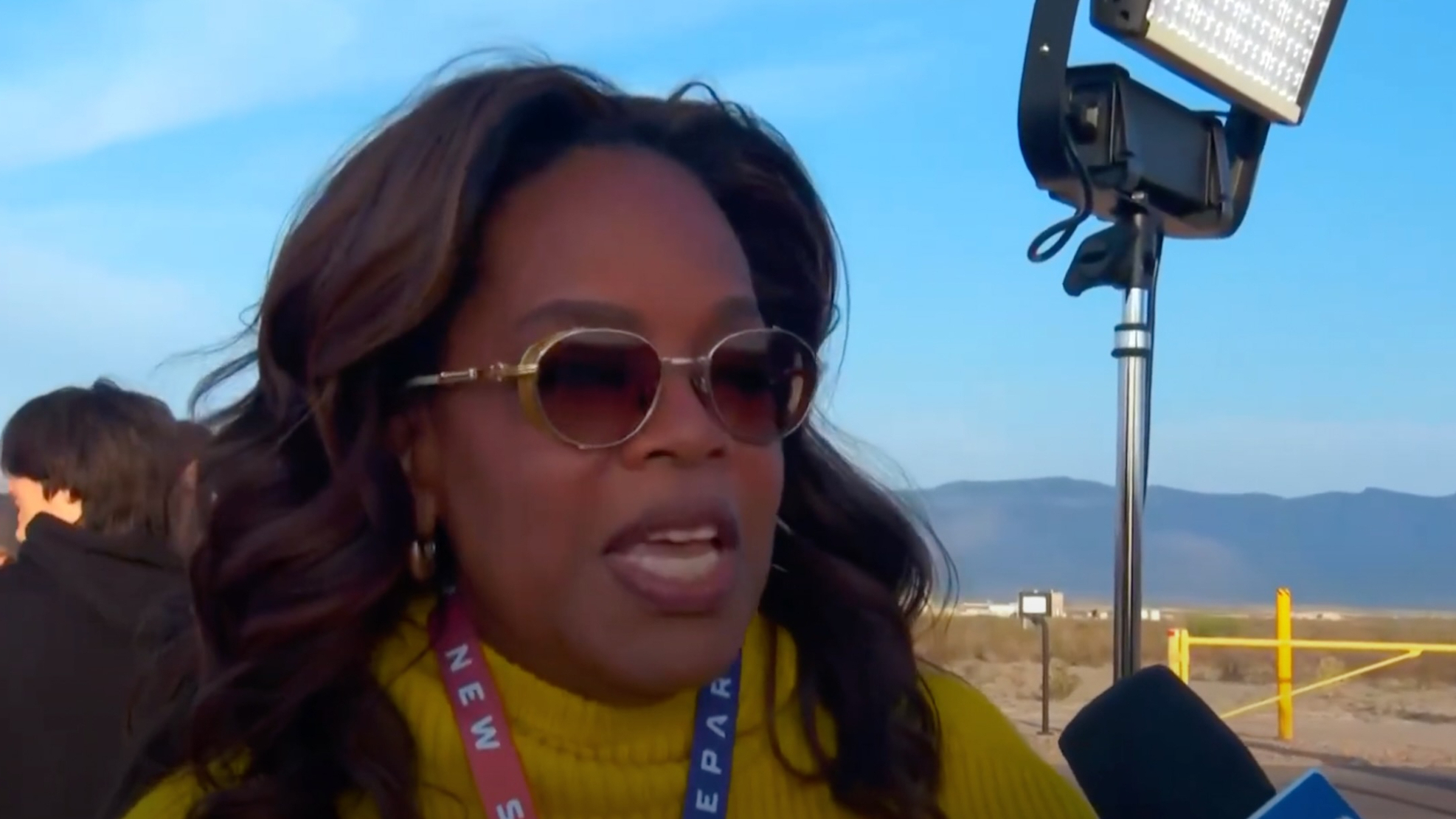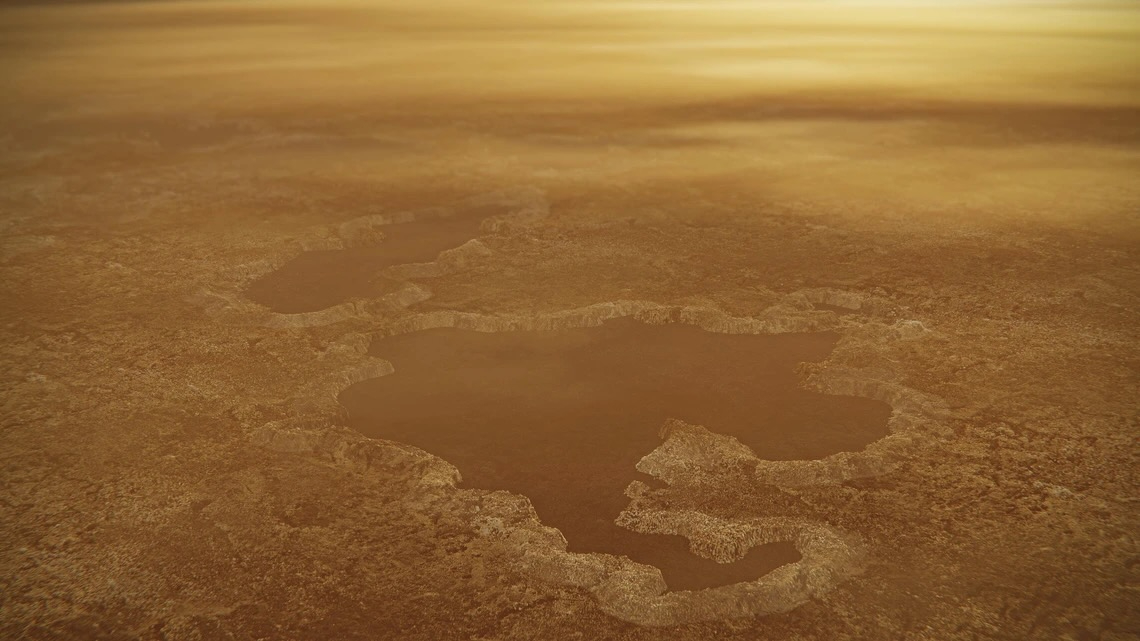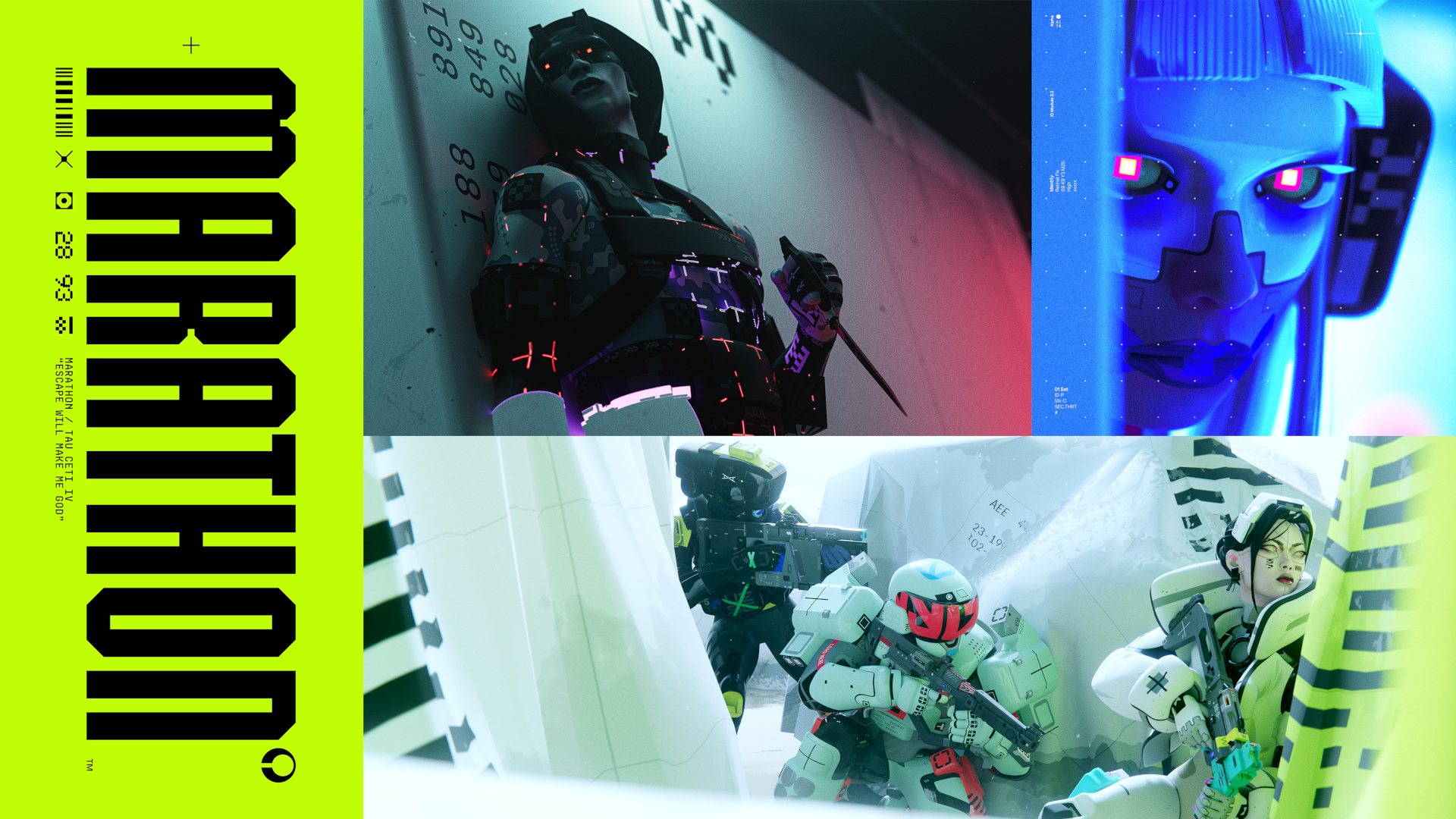SpaceX launched Qatar World Cup match balls on Falcon 9 first stage
"A legendary journey for a legendary tournament."
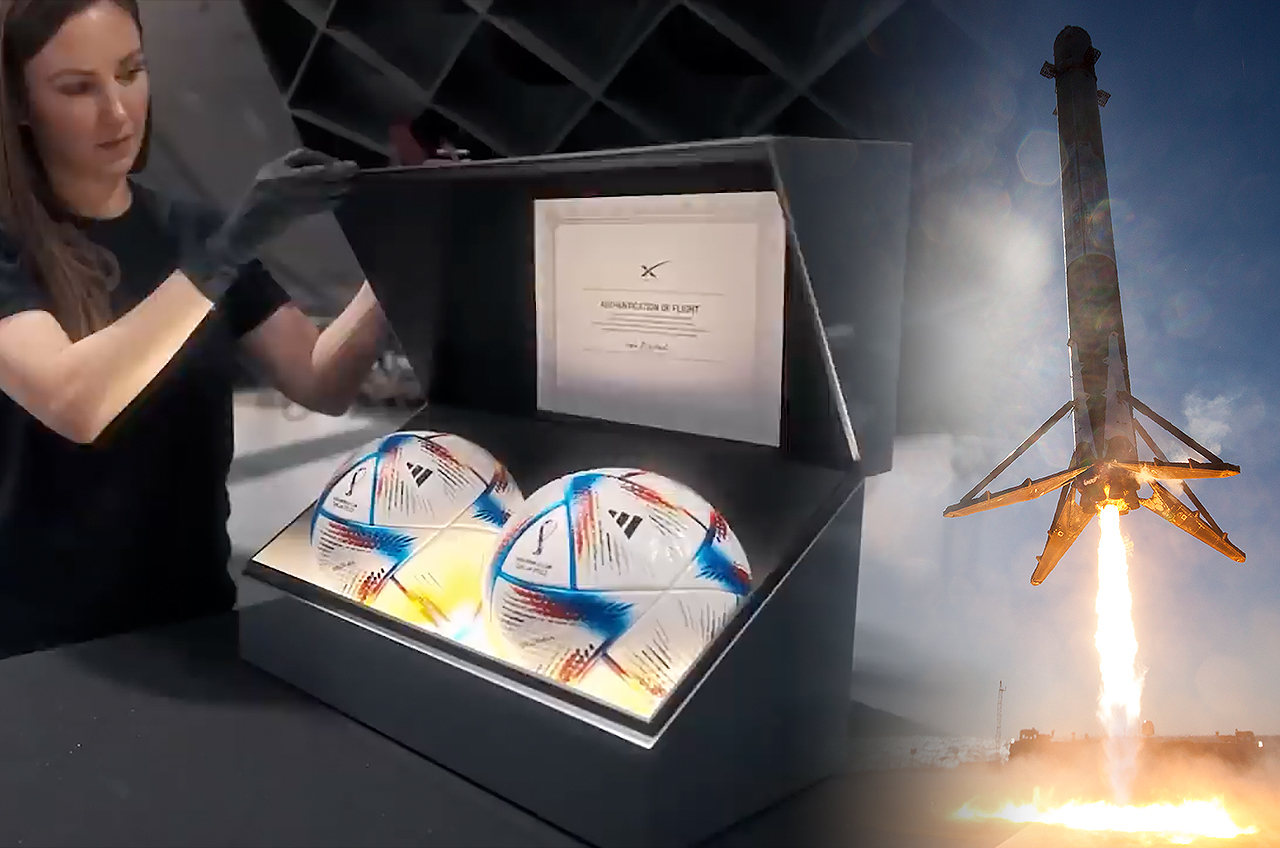
As has almost become routine, a recent SpaceX Falcon 9 launch included the rocket's first stage landing back on Earth. What differed this time around is that the touchdown could also be described as scoring a World Cup GOOOOAAAALLLL!
Qatar Airways partnered with SpaceX to give two FIFA World Cup official match balls the ultimate kick — all the way to outer space. The soccer balls (or footballs, as they are called everywhere else but the U.S.) reached 76 miles (123 kilometers) above Earth while packed inside the Falcon 9 first stage.
The white, blue, red and yellow balls then descended with the booster back to a SpaceX droneship, where they completed the first leg of their 800-mile (1,300 km) trip. The balls were then flown by Qatar Airways to Hamad International Airport, where they were handed off to World Cup officials.
"A legendary journey for a legendary tournament, from space to kick off," Qatar Airways stated in a video revealing the feat.
Related: Watch cosmonauts play soccer in space to celebrate 2018 World Cup (video)
The match balls, which were made by Adidas for the World Cup, are the first to use sustainable water-based glues and inks. Their name, "Al Rihla," means "the journey" or "the excursion" in Arabic. (A different set of metallic gold, maroon, burgundy and red match balls, called "Al Hilm" or "the dream," are being used in the semifinals and finals being played this week.)
The balls' flight by SpaceX was, in part, a promotion for the company's Starlink satellite internet service. An associated website invited World Cup attendees to visit the Starlink office in Doha.
Get the Space.com Newsletter
Breaking space news, the latest updates on rocket launches, skywatching events and more!
"Thanks to the FIFA World Cup and Qatar Airways for entrusting SpaceX and the Starlink team to fly two World Cup balls to space and back!" SpaceX officials wrote on Twitter.
The match balls were the first known example of SpaceX using its Falcon 9's first stage to fly a commercial payload on a suborbital flight. They are not, however, the first soccer balls to be flown into space, let alone World Cup match balls.
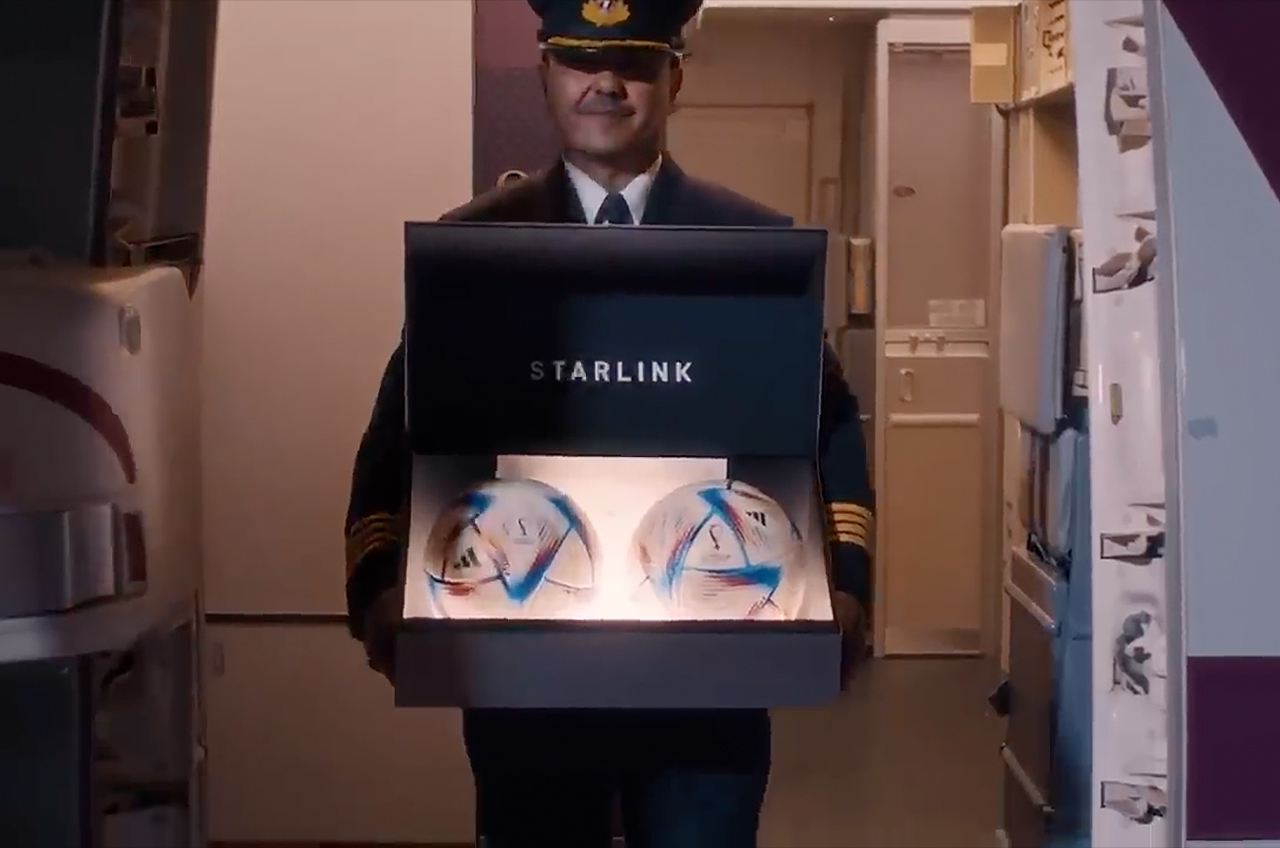
In 2018, Russian cosmonauts flew an Adidas "Telstar 18" ball to the International Space Station (ISS) before it was used for the kickoff of the World Cup in Moscow. The ball, which was autographed by the crew aboard the orbiting outpost, traveled more than 31 million miles (50 million km) during its 74 days in space.
Another soccer ball left on the station was used by the astronauts and cosmonauts to stage their own game in celebration of the tournament on the ground.
A year later, SpaceX launched several Adidas soccer balls aboard a NASA-contracted Dragon cargo spacecraft for study in the ISS National Laboratory. The tests were aimed at gaining a better understanding of the balls' flight characteristics beyond what is possible in an Earth-based wind tunnel. The results were expected to enable more design freedom for panel shape and texture.
Among other examples throughout the years, a soccer ball that was recovered among the debris from the ill-fated launch of the space shuttle Challenger in 1986 was flown to the International Space Station 31 years later, in 2017. The ball was flown as a tribute to the fallen astronauts and to the students for whom its original flight was intended.
Follow collectSPACE.com on Facebook and on Twitter at @collectSPACE. Copyright 2022 collectSPACE.com. All rights reserved.
Join our Space Forums to keep talking space on the latest missions, night sky and more! And if you have a news tip, correction or comment, let us know at: community@space.com.

Robert Pearlman is a space historian, journalist and the founder and editor of collectSPACE.com, a daily news publication and community devoted to space history with a particular focus on how and where space exploration intersects with pop culture. Pearlman is also a contributing writer for Space.com and co-author of "Space Stations: The Art, Science, and Reality of Working in Space” published by Smithsonian Books in 2018.In 2009, he was inducted into the U.S. Space Camp Hall of Fame in Huntsville, Alabama. In 2021, he was honored by the American Astronautical Society with the Ordway Award for Sustained Excellence in Spaceflight History. In 2023, the National Space Club Florida Committee recognized Pearlman with the Kolcum News and Communications Award for excellence in telling the space story along the Space Coast and throughout the world.

